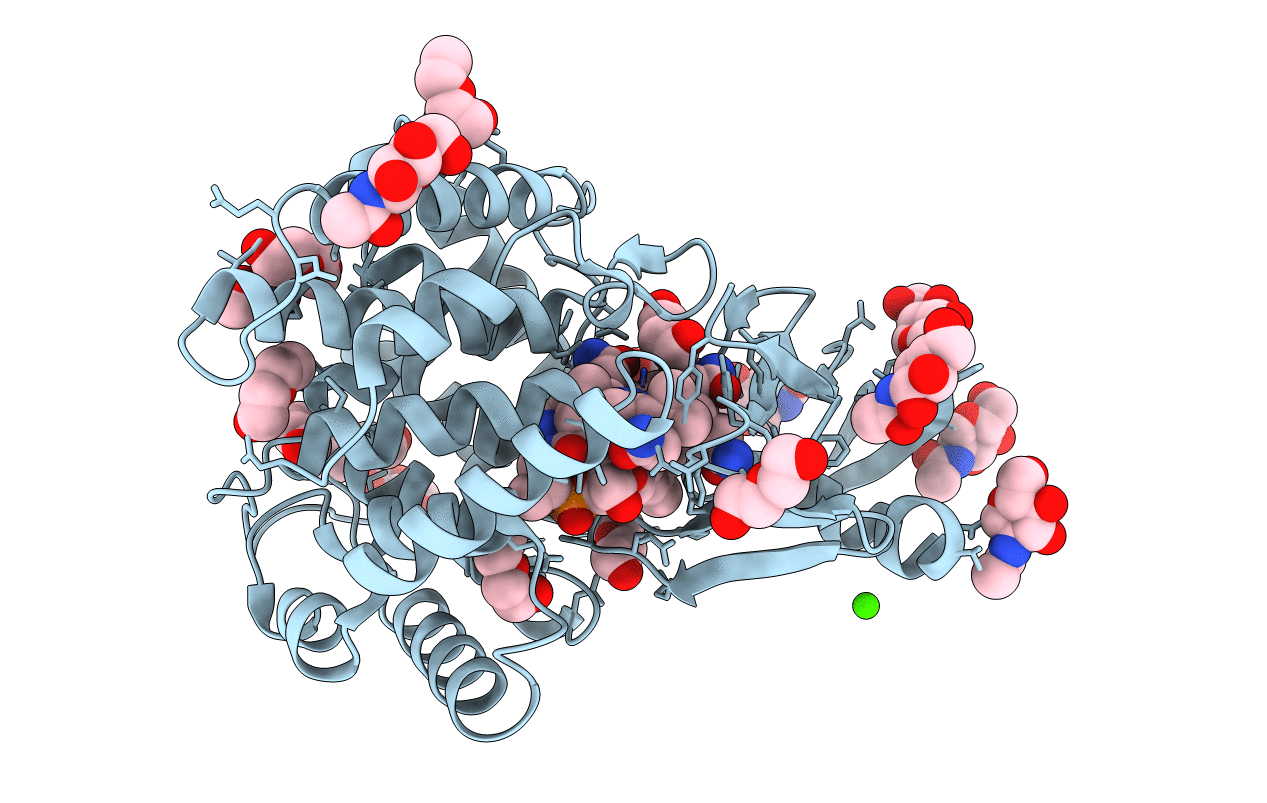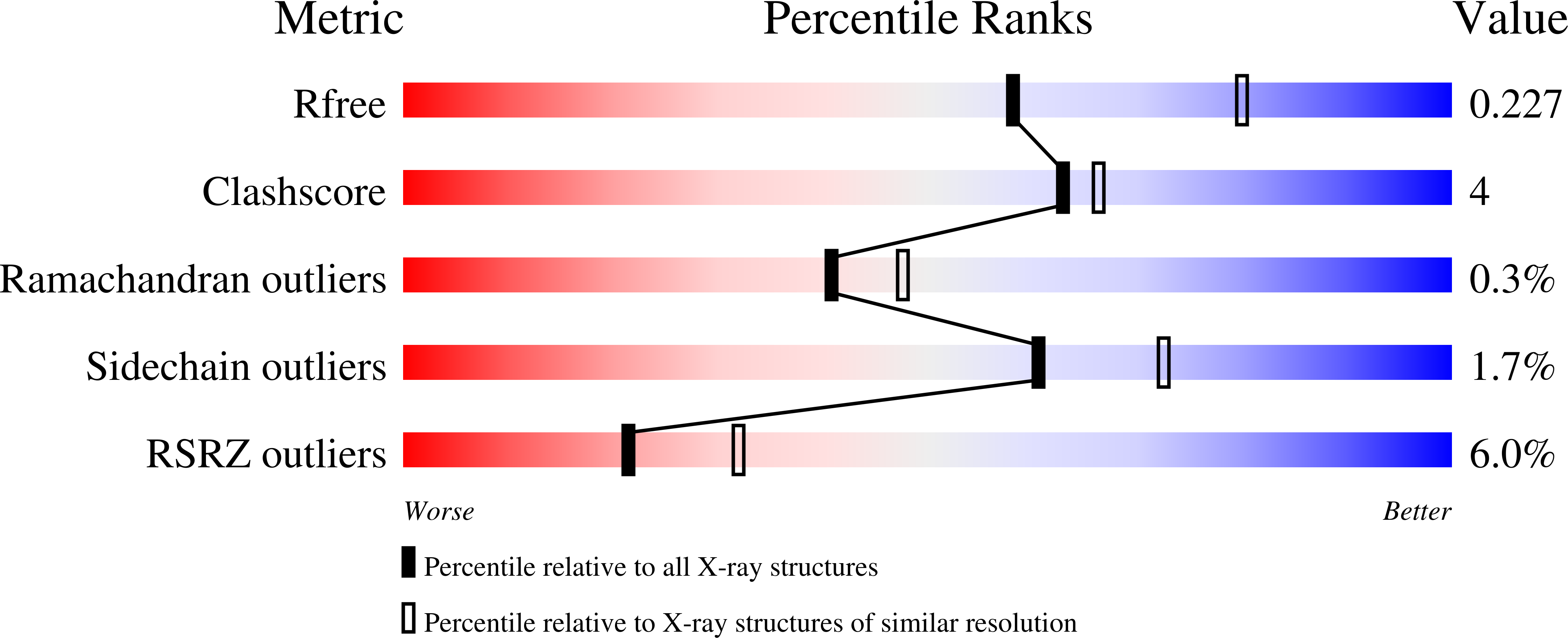
Deposition Date
2013-05-06
Release Date
2013-07-17
Last Version Date
2024-10-09
Entry Detail
PDB ID:
4KKI
Keywords:
Title:
Crystal Structure of Haptocorrin in Complex with CNCbl
Biological Source:
Source Organism:
Homo sapiens (Taxon ID: 9606)
Host Organism:
Method Details:
Experimental Method:
Resolution:
2.35 Å
R-Value Free:
0.22
R-Value Work:
0.19
R-Value Observed:
0.19
Space Group:
P 64


